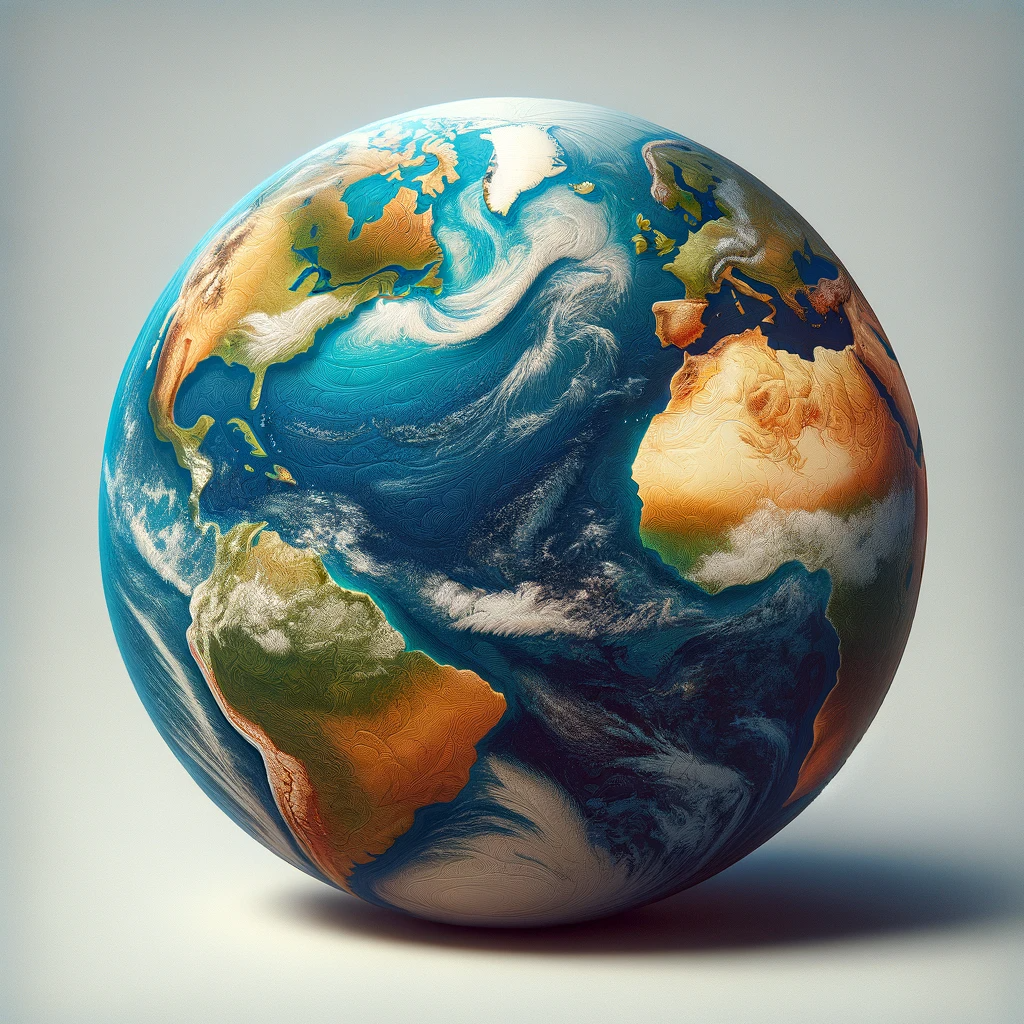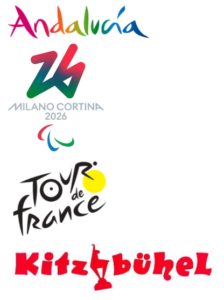Have you ever thought of geographical names as being also trademarks? Many companies use brand names that consist primarily or exclusively of a geographical name as their trademark. From simple cafes (“Cafe Paris”) and hotels (“Hotel Venice”) to ski resorts (Aspen, St. Moritz, Kitzbuhel) and airlines (Japan Airlines, Air France, Iberia), many businesses rely on this naming strategy.
Geographical terms include existing names of places, such as countries, regions, cities, mountains, lakes, or rivers. This category also encompasses adjectival forms of these geographical names, like ‘German’ referring to Germany, and ‘French’ referring to France. They could also include outdated terms like “Burma” or “Ceylon”.
Challenges with geographical names
Depending on the industry in question, the challenges are different. If you operate a restaurant called Paris Bistro, you might find that there are many other similarly named restaurants even in the same city.
On the other hand, if you operate a ski resort or an airline, this is not your main concern. It is not likely that another company will build a competing ski resort on the same mountain or village and use the same name. So different industries face different challenges.
While a geographical name may effectively capture the essence of your business and resonate with customers, it can also make it difficult to obtain exclusive trademark rights. This is because geographical names are often considered descriptive and therefore not distinctive. Distinctiveness is a prerequisite for obtaining trademark rights.
Geographical names describe for example the place of production of the product or rendering of the services. For example, Switzerland is famous for producing watches. London and Singapore are famous for offering financial services. Paris and Milan are often associated with fashion.
Even if a geographical name is not used descriptively to indicate the place of production or rendering of a service, it can be used descriptively to say something about the quality of the product or service. If a Belgian watch company uses Swiss cities for their watches, they are making an implicit claim that their watches are of high quality.
Some geographical names can be distinctive
Having said that, not all geographical names are descriptive. For example, Mont Blanc, Amazon and Fuji are all is distinctive brand names in their own categories. This is because nobody would believe that pens are actually made on the tallest mountain of continental Europe, or that cameras are made on the tallest mountain of Japan. Similarly, using Amazon for an online retail store and e-commerce business is not understood literally to mean that the services are rendered from the Amazon region in Brazil.
If the particular geographical name has nothing to do with the goods and services in question, it can be registered as a trademark. In other words, if the geographical term is so divorced from the goods and services that no reasonable person would think there is a connection between the products and services and the geographical location, the mark can be registered.
In practice, the EUIPO is quite strict on this. This is because geographical names should be freely available to be used by everybody in describing the origin and characteristics of their products or services.
How to protect a geographical name?
With that in mind, if your brand name is a geographical term, you should create a distinctive visual brand identity. For example, if your logo is unique enough, it can be registered as a trademark.
Here are some examples of registered EU trademarks.
The above examples show that you can create a strong visual representation of the brand and that this can be registered as a trademark. With this, you can prevent others from using a logo that is too similar.
In time, you might even own the name as well
In some cases, you may over time even get exclusive rights to that name as well if your brand becomes highly successful. Even if a name is descriptive, it may acquire distinctiveness due to its successful use. For example, the trademark LE TOUR DE FRANCE has also been registered as a word trademark because it has become known as a commercial name of a sporting event. It is no longer thought of as a generic name for any tour of France but as a particular brand.
See https://euipo.europa.eu/eSearch/#details/trademarks/000028191.
However, in most cases that geographical name will remain available for all to use descriptively.
Why register a logo mark even if you don’t have rights to the geographical name itself?
If you operate a small business in an area where there are no real barriers to entry (like a restaurant), creating a strong visual identity for your brand is the best you can do to keep similar brands away.
For other types of businesses where barriers to entry are higher (such as ski resorts), creating a strong visual brand identity is important for merchandise sales. A ski resort typically leverages its brand to clothing, hats, ski straps, and other similar products. Having a strong visual brand identity ensures that the merchandise is associated with the main service (ski resort, or whatever it may be).
By creating a distinctive logo, you can make sure that you can distinguish your “genuine” products from the rest. For example, it is typical that ski resorts and other tourism-related businesses sell merchandise. Restaurants can sell cookbooks and other merchandise. You can distinguish these from competitor’s products if you have a strong visual brand identity.
Often having an established “official” logo is a good step in separating the products from knock-offs. For example, all FIFA official merchandise is marked with official logos to distinguish them from unofficial (less worthy) products. Fans generally only want to buy those products that bear the official logo.
Conclusion
If your brand name consists primarily of a geographical name, it can be difficult to obtain exclusive rights to the name. In that case, you should create a distinctive visual brand identity and use that consistently. If you do that, you can still distinguish your products from others that use the same geographical name for their brand name.
Read more
How to register a descriptive name as a trademark?
How to assess a trademark’s descriptiveness?
Using nation brands as trademarks




